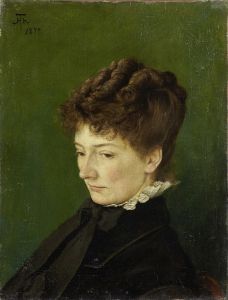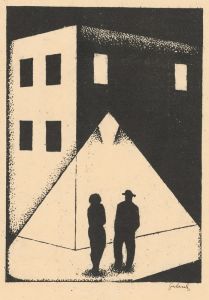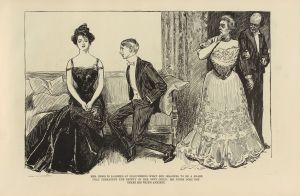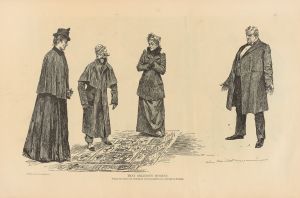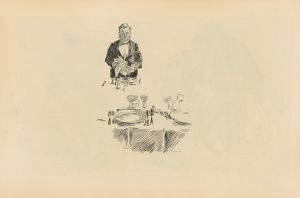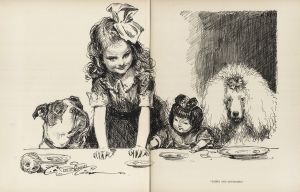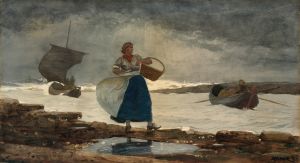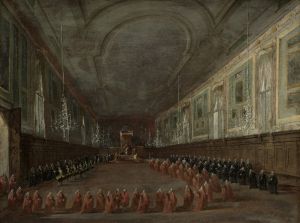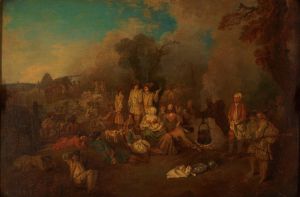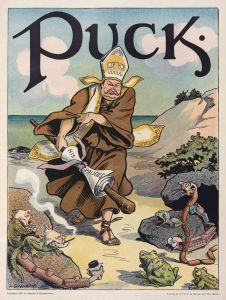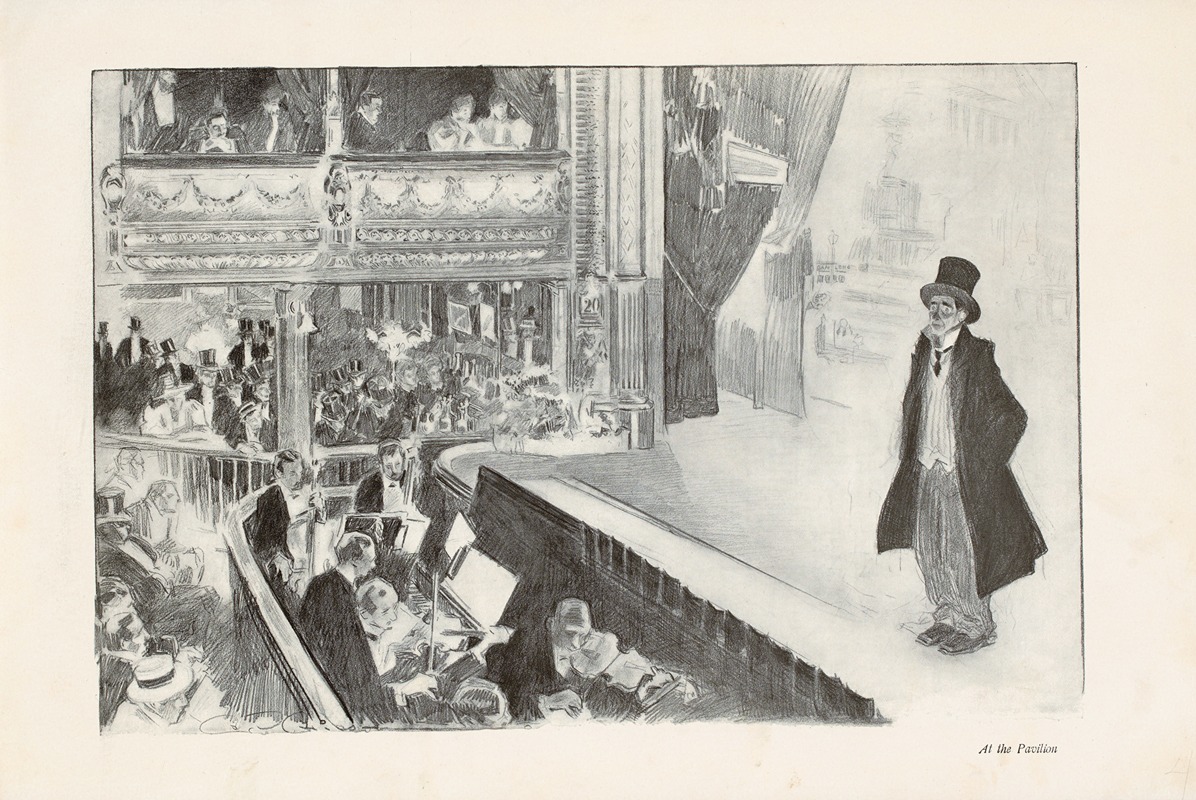
At the Pavillion
A hand-painted replica of Charles Dana Gibson’s masterpiece At the Pavillion, meticulously crafted by professional artists to capture the true essence of the original. Each piece is created with museum-quality canvas and rare mineral pigments, carefully painted by experienced artists with delicate brushstrokes and rich, layered colors to perfectly recreate the texture of the original artwork. Unlike machine-printed reproductions, this hand-painted version brings the painting to life, infused with the artist’s emotions and skill in every stroke. Whether for personal collection or home decoration, it instantly elevates the artistic atmosphere of any space.
Charles Dana Gibson was an influential American illustrator, best known for creating the iconic "Gibson Girl," a representation of the idealized American woman at the turn of the 20th century. His work captured the spirit and social dynamics of the Gilded Age and the Progressive Era in the United States. One of his notable works is "At the Pavilion," which exemplifies his distinctive style and thematic focus.
"At the Pavilion" is a black-and-white illustration that showcases Gibson's mastery in pen-and-ink drawing. The artwork typically features elegantly dressed men and women, often engaged in social activities that reflect the leisure and sophistication of the upper class during that era. Gibson's illustrations are characterized by their attention to detail, expressive line work, and the ability to convey complex social interactions with subtlety and wit.
In "At the Pavilion," Gibson captures a scene that likely takes place in a social setting, such as a garden party or a similar gathering, which was a common theme in his work. The pavilion itself serves as a backdrop, suggesting an atmosphere of refinement and exclusivity. The figures in the illustration are typically depicted in fashionable attire, with the women often embodying the "Gibson Girl" archetype—tall, poised, and confident, with an air of independence and modernity.
Gibson's work, including "At the Pavilion," often reflects the cultural and social norms of his time. The "Gibson Girl" became a cultural icon, representing a new standard of femininity that was both aspirational and reflective of changing roles for women in society. This figure was often portrayed as educated, athletic, and socially adept, embodying the ideals of beauty and sophistication.
The popularity of Gibson's illustrations, including "At the Pavilion," was widespread, appearing in magazines such as Life, Harper's Weekly, and Scribner's. His work not only entertained but also influenced fashion and social attitudes, contributing to the dialogue about gender roles and societal expectations.
Gibson's illustrations are significant for their artistic quality and their commentary on the social dynamics of his time. "At the Pavilion" is a testament to his ability to capture the essence of an era through his art. The piece, like many of his works, offers a glimpse into the world of the American elite, highlighting both the elegance and the underlying social structures of the period.
Overall, Charles Dana Gibson's "At the Pavilion" is a representative example of his contribution to American art and culture. Through his detailed and expressive illustrations, Gibson not only entertained audiences but also provided a lens through which to view the evolving social landscape of early 20th-century America. His work remains a valuable part of the historical record, offering insights into the aesthetics and social mores of his time.






